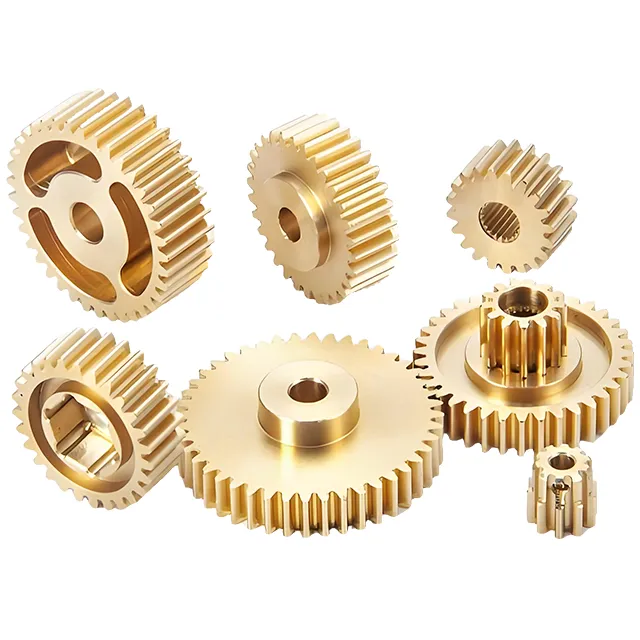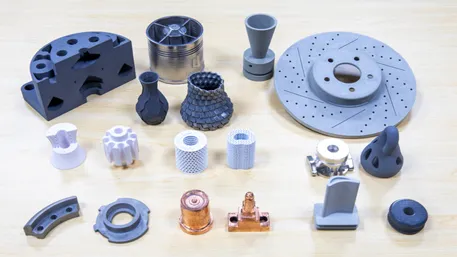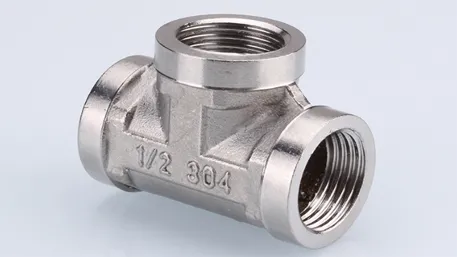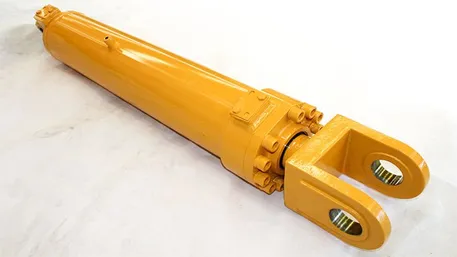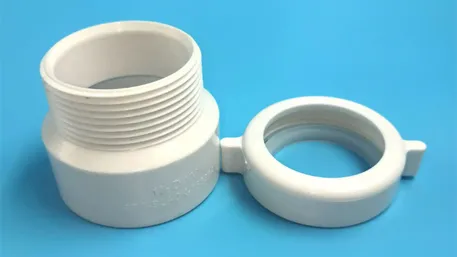Abstract: This paper deeply explores the application of high-density polyethylene (HDPE) in the field of CNC machining, and detailedly analyzes the characteristics of HDPE materials, the key technical points in CNC machining, as well as common processing difficulties and solutions. Through practical cases, it demonstrates the wide application of HDPE CNC machining parts in different industries, providing valuable references for relevant practitioners.

I. Introduction
With the continuous development of modern industry, the demand for high-performance plastic parts is increasing day by day. As a common engineering plastic, high-density polyethylene (HDPE) has been widely used in many fields due to its excellent properties, such as good chemical corrosion resistance, wear resistance, and low friction coefficient. The emergence of CNC machining technology provides a strong guarantee for the high-precision and high-efficiency manufacturing of HDPE parts.
II. Characteristics of HDPE Materials
HDPE has a relatively high crystallinity and density, making it have good mechanical properties and chemical stability. However, its lower hardness and heat deformation temperature also bring certain challenges to CNC machining. For example, burrs and deformations are prone to occur during the processing, and it is necessary to reasonably select tools and optimize processing parameters to solve these problems.
III. Key Technical Points of HDPE CNC Machining
(1) Tool Selection
Due to the relatively low hardness of HDPE, sharp tools, such as high-speed steel or carbide tools, should be selected to reduce the cutting force and heat generation.
The geometric shape of the tool should be conducive to chip removal to avoid the decrease of the processing surface quality caused by chip accumulation.
(2) Processing Parameter Settings
The cutting speed should be moderate. Excessive speed may lead to intensified tool wear and material overheating deformation, while too low speed will affect the processing efficiency.
The feed rate should be reasonably adjusted according to the tool diameter, cutting depth, and material characteristics to ensure the smoothness and accuracy of processing.
(3) Cooling and Lubrication
Adopting an effective cooling method, such as coolant injection, can reduce the processing temperature and reduce heat deformation and tool wear.
Selecting a suitable lubricant is helpful to improve the surface quality and extend the tool life.
IV. Common Processing Difficulties and Solutions
(1) Burr Problem
Cause Analysis: The tool is not sharp enough and the cutting parameters are unreasonable.
Solution: Replace the worn tool in time and optimize the cutting parameters, such as reducing the feed rate and cutting depth.
(2) Deformation Problem
Cause Analysis: Cutting heat and excessive clamping force.
Solution: Adopt appropriate cooling measures, optimize the fixture design, and reduce the clamping force.
V. Application Fields of HDPE CNC Machining Parts
(1) Chemical Industry
Used for manufacturing chemical containers, pipelines, valves and other parts. Its good corrosion resistance can meet the requirements of harsh chemical environments.
(2) Food Industry
Can process food conveying pipelines, packaging materials, etc. Because HDPE is non-toxic and odorless, it meets the standards of food contact materials.
(3) Medical Field
It is widely used in medical devices, such as surgical instrument trays and drug packaging. Its hygienic performance and easy processability are favored.
VI. Conclusion
HDPE CNC machining parts play an important role in modern industry. By deeply understanding the characteristics of HDPE materials, mastering the key processing technical points, and taking effective solutions for common problems, high-quality and high-precision HDPE part processing can be achieved. With the continuous progress of CNC technology and the further improvement of material properties, the application prospects of HDPE parts will be broader.

